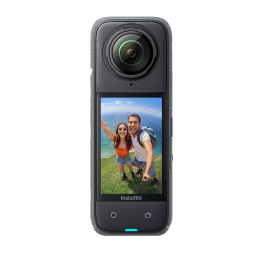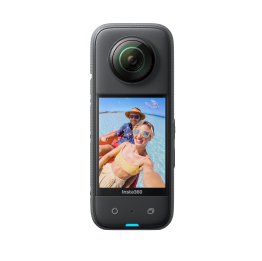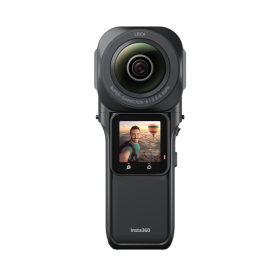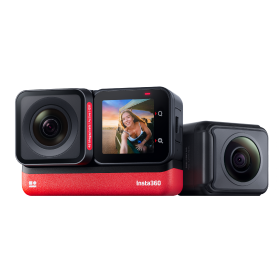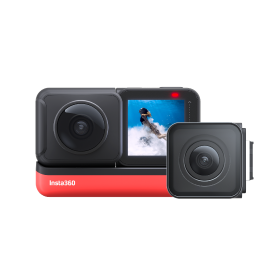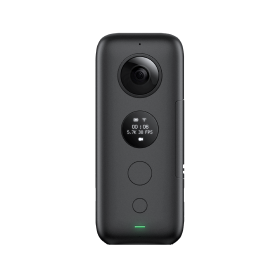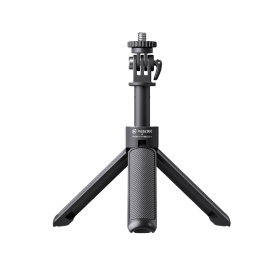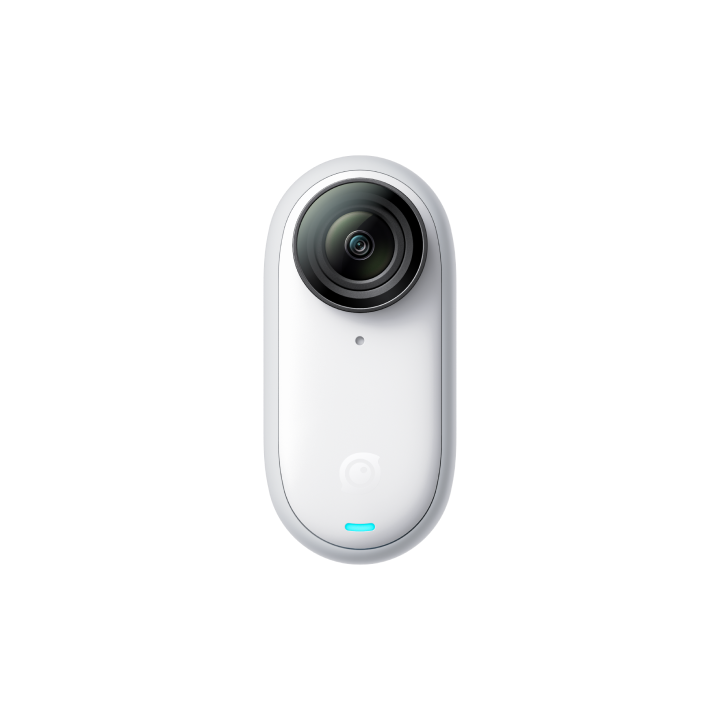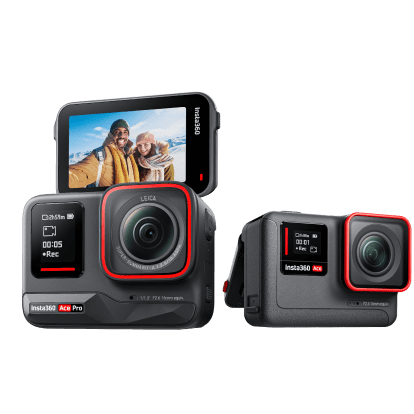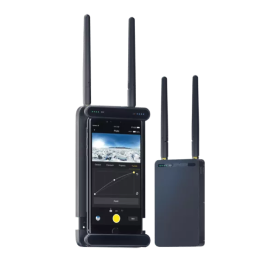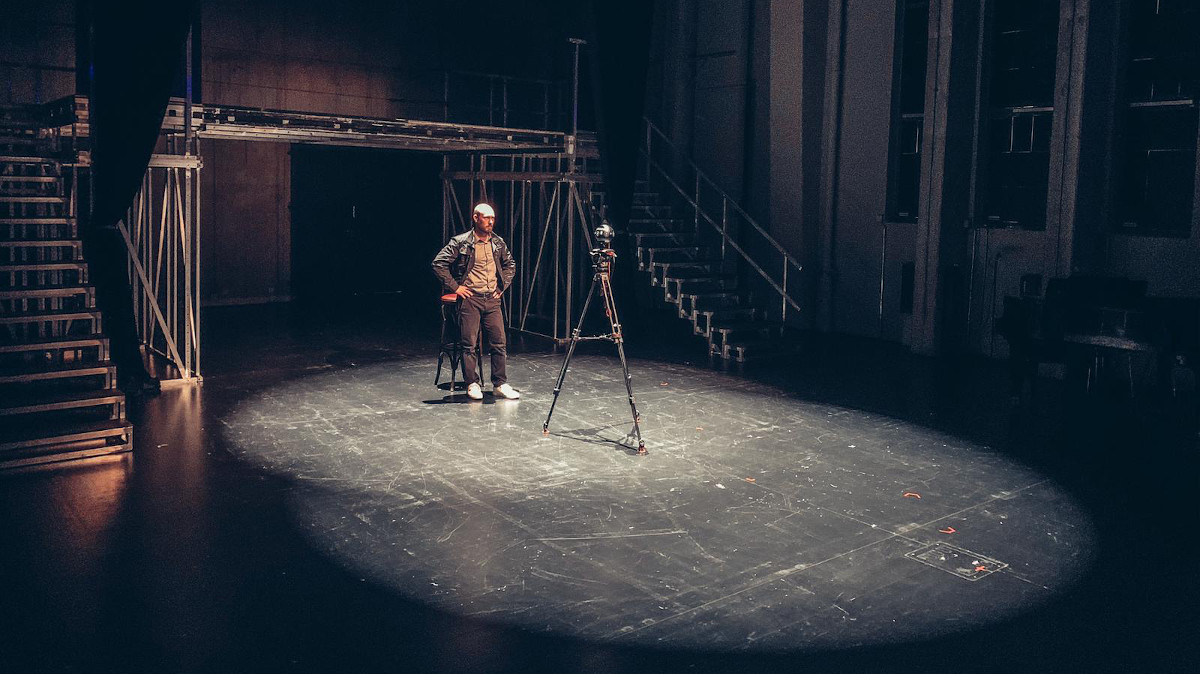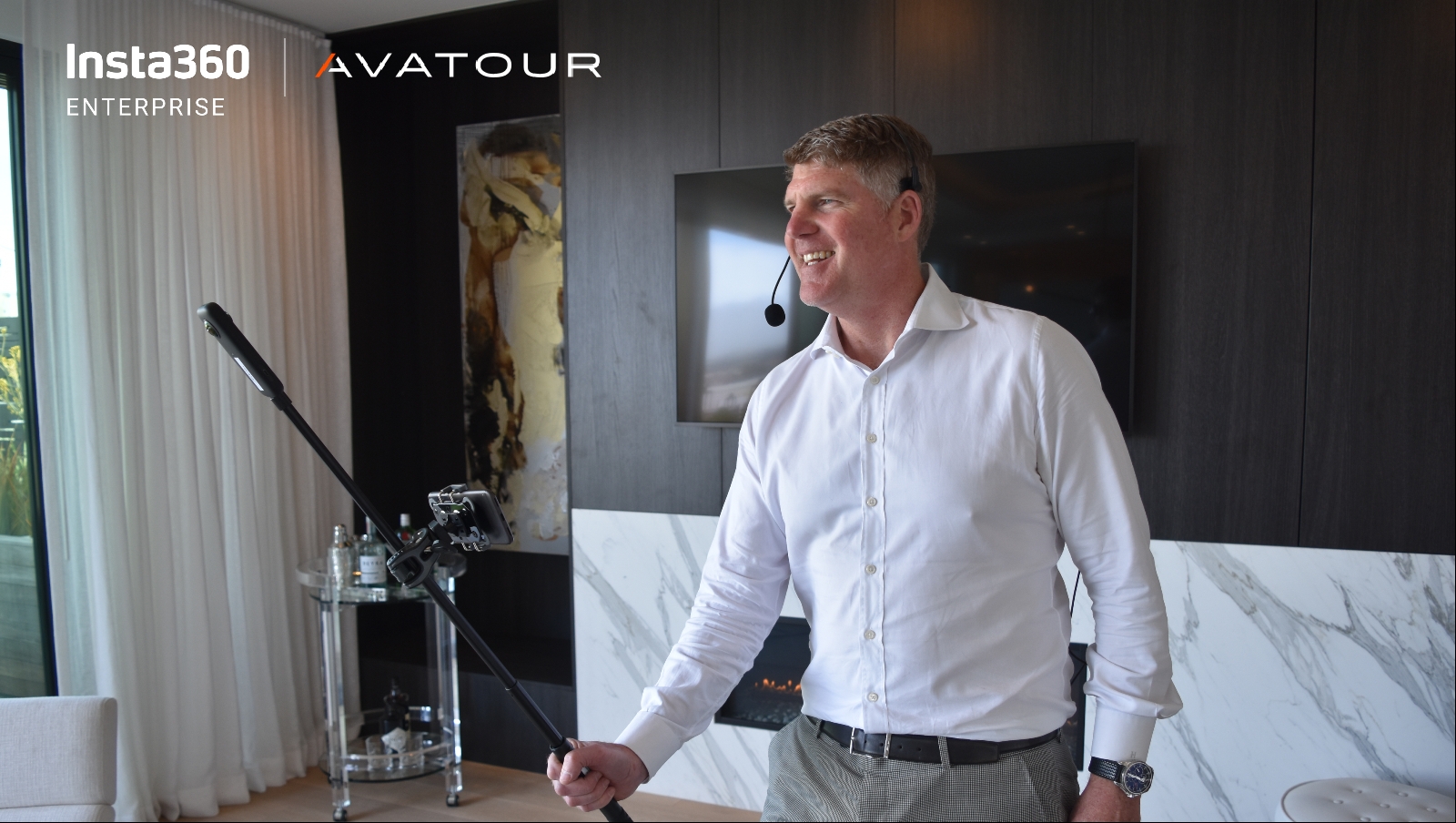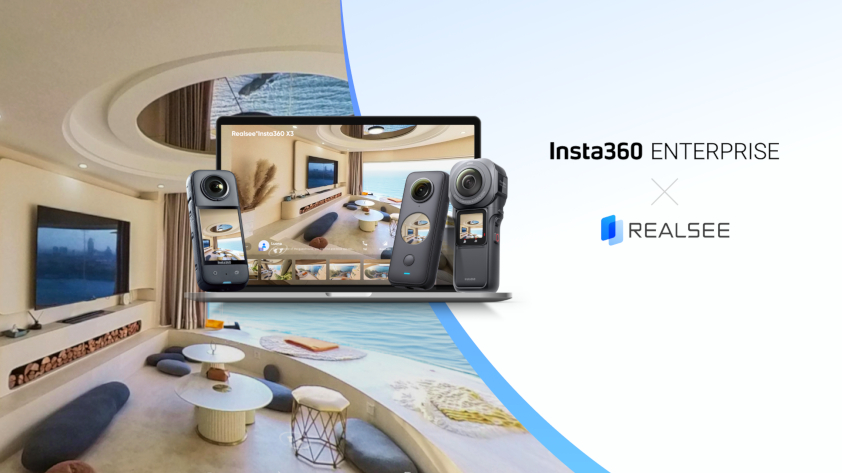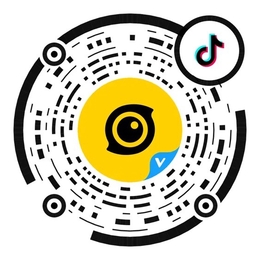What do a Japanese pop star, a German theater with origins dating back to the 1700s and a British 5G acceleration project have in common? They’re all helping to entertain people during the COVID-19 lockdown with virtual reality content.
Tech enthusiasts have advocated for VR concerts and VR theater performances for years. But never has this content format made more logistical and financial sense than now. COVID-19 has hit performers hard, with social distancing protocols stripping them of their ability to interact with and entertain audiences.
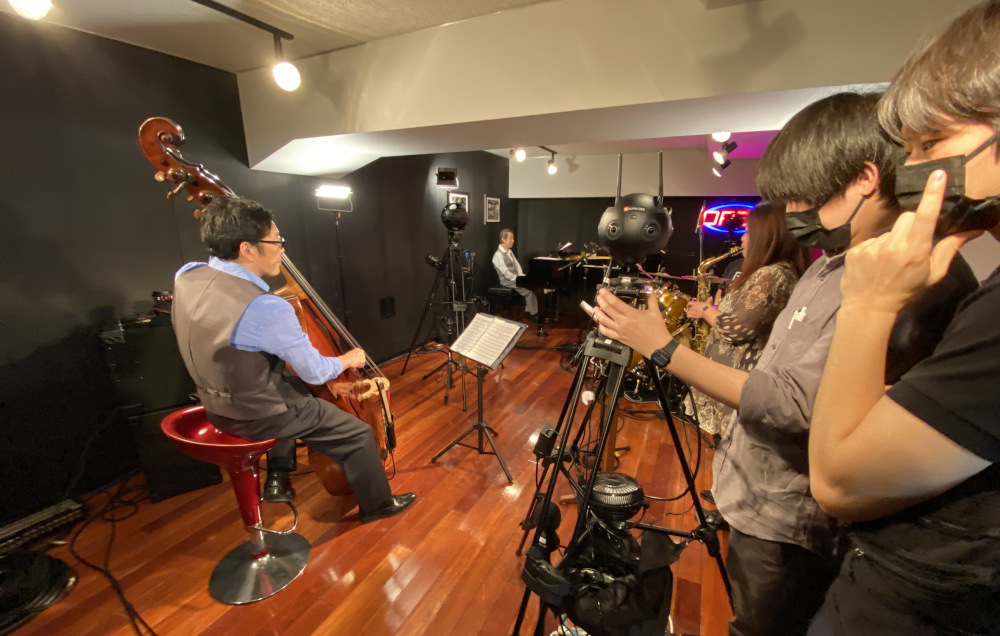
Virtual reality offers the closest thing possible to an in-person experience of watching a performance. It’s an audience-driven experience, where the viewer gets to decide how and what they experience, rather than the performer or director. And it offers a potential new stream of revenue when traditional revenue streams are unavailable or limited.
Here are three of the most exciting examples of VR concerts and VR theater projects taking off in the world right now.
1. Japanese pop star live streams VR concert
To manage the COVID-19 pandemic in a highly urbanized and aging country, the Japanese government has relied on clear messaging and regulations. One such message is to avoid the “Three Cs”: closed spaces, crowded places and close-contact settings. Another guideline calls for keeping the number of visitors in venues at 50 percent or less.
Companies in Japan’s entertainment industry have had to look for innovative ways to return their business to 100 percent, while adhering to these rules. Japanese pop star Takagi Reni of the idol group Momoiro Clover Z had previously planned to hold a 3-day multi-city tour in March. Alpha Code Inc., one of the leading companies in the Japanese VR industry, helped Takagi Reni live stream the concert in VR instead.
VR is the only experience that lets you see what you want to see, rather than watching the scenes directed by the videographer.Takuhiro Mizuno, CEO, Alpha Code Inc.
According to Takuhiro Mizuno, CEO from Alpha Code Inc., “Only VR can provide an online experience that is equivalent to a viewer visiting the venue. That’s because VR is the only experience that lets you see what you want to see, rather than watching the scenes directed by the videographer.”
Delivering immersive experiences with Insta360 Titan
To deliver an immersive VR concert experience, Alpha Code Inc. sets the camera height to the standing and sitting eye levels of the performers. Mr. Mizuno says, “We think this gives the viewer a sense of their positions in the environment and their relationships with the people around them. In VR, viewers can feel the immersive experience as an event that occurs within themselves, rather than as an objective video watched from a distance.”
Alpha Code Inc. is currently using Insta360 Titan and Pro 2 for a number of other VR concert projects, most recently completing a live jazz concert series. Mr. Mizuno says, “We like to use Insta360 Titan in high contrast environments with strong lighting, such as VR concert live streaming and VR plays. Titan's wide dynamic range allows us to capture beautiful images with little noise and clear contrast.”
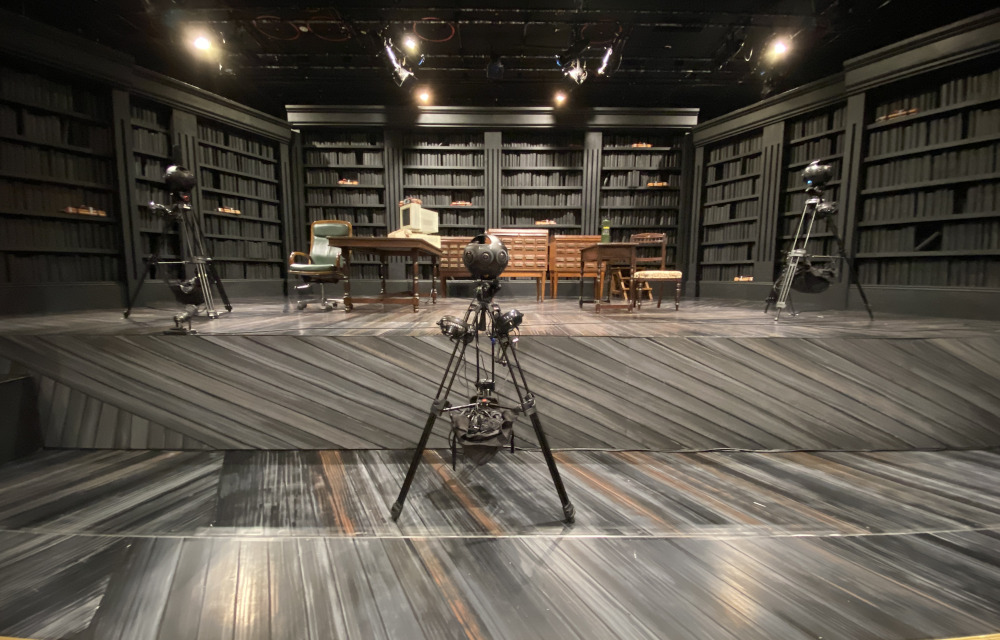
Alpha Code Inc. is now using their VR distribution platform "Blinky” to deliver a futuristic VR theater experience called “STAGE GATE VR”. The experience started on July 6th and will run for 39 consecutive days, with 19 different actors performing the play “Defiled”.
To help the viewer experience the different narrative perspectives in “Defiled,” Alpha Code Inc. has filmed from multiple angles with three Titan cameras. Mr. Mizuno says, "We expect viewers to switch between these three angles at their desired timings in order to better understand the story. We would be happy if the audience could feel a new story each time by choosing different performers and different angles for each performance.”
Another COVID-19 guideline in Japan calls for staff at venues to stay up to 2 meters apart whenever possible. Alpha Code Inc. is using Titan’s Farsight live monitoring system to comply with this rule while filming their projects. This system allows the shooting teams to monitor and adjust the images at a distance, as well as allows performers to perform naturally without paying too much attention to the cameras.
2. Exploring 5G VR live streaming distribution networks for UK theaters
In December 2019, VR storytelling studio Relative Motion was awarded a grant from Arts Council England to explore new VR distribution models with a scene from Christopher Marlowe’s Edward II.
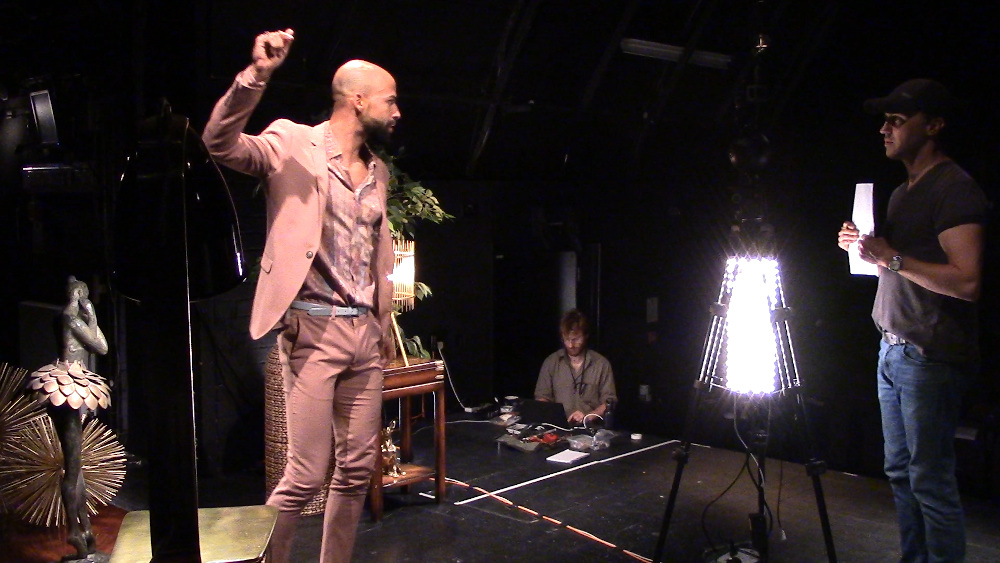
In cooperation with Digital Catapult and the Brighton 5G Testbed, Relative Motion is exploring and testing the viability of live streaming narrative VR on the 5G network. Their ultimate aim is to create a production/distribution model for theaters and other arts organizations to expand their production models to include VR digital performances spaces.
While this project was designed before COVID-19, the pandemic has added extra impetus for Relative Motion to develop the project in a timely fashion.
“We believe there is huge potential for theaters and theater makers to use VR technology to aid their COVID-19 recovery. VR offers up huge revenue potential because of the global nature of the distribution platforms,” said Christopher Lane, Creative Director at Relative Motion.
Crafting a narrative VR work for live broadcast with Insta360 Pro 2
In filming Edward II, Relative Motion put the Insta360 Pro 2 camera at the very center of the experience and moved the story around this central, single audience participant. And by using classical text, they cast the audience in one of three roles within the piece: voyeur, conscience-of-character, or as a character from the story.
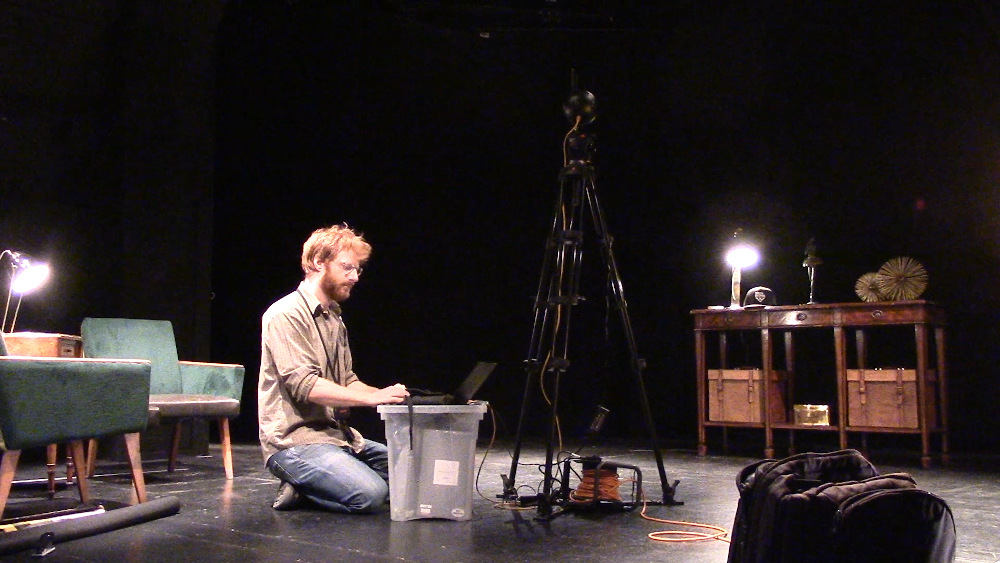
To test a “live-streamed” version of the piece, they used the Pro 2’s live broadcast mode. Lane said, “With the Pro 2’s live streaming capabilities, we can now look at how to effectively craft narrative VR work for a live broadcast model and the production processes that will be needed.”
They staged the work using the entire 360-degree space, rather than just a limited FOV, to create an interactive experience that mimics real human interactions and conversation. “In doing this, we physically involve the audience by making them move their bodies (by swiveling around in their seat) to follow the story,” Lane said. This helps create an illusion that the audience has more involvement and agency in the story than they really do.
With the Pro 2’s live streaming capabilities, we can now look at how to effectively craft narrative VR work for a live broadcast model.Christopher Lane, Creative Director, Relative Motion
It was essential to Lane to film in 8K with high image fidelity in order to help audiences feel present in the experience. And according to Lane, filming in 8K future-proofs their work for when 5G is widely available. “We can be capturing content now that will easily shift to new display technology and distribution channels as they emerge.”
Going forward, Relative Motion has several other VR storytelling projects in development at the moment. They’re also revisiting some of their previous work to make it available online, via their website, to entertain people during these times.
3. Germany’s State Theater Augsburg launches theatre@home
When the lockdown hit Germany, media production company Heimspiel was in the middle of realizing a VR theater project with 550 VR headsets for a live opera at the State Theater Augsburg.
With their intended audience unable to come to the theater, they decided to bring the theater directly to their audience at home instead.
Together with State Theater Augsburg and artistic director André Bücker, they recorded four plays and one ballet, which last up to 60 minutes, in 3D VR. Through the “theatre@home” program, users can use their own VR headsets to watch the performances or rent a pair from the theater’s delivery service for only 10 euros.
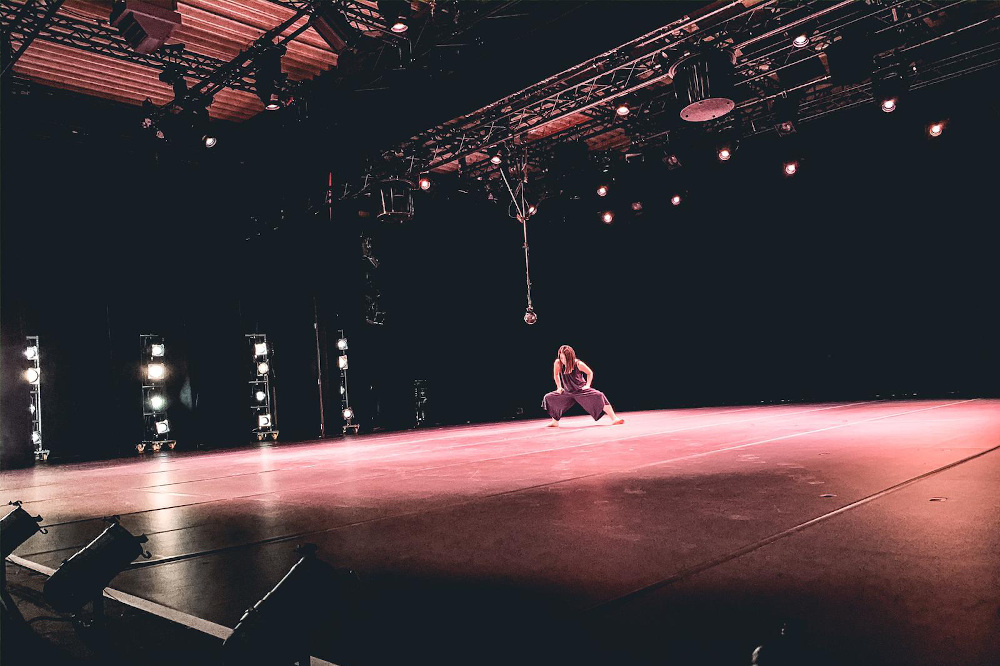
Felix Patzke, Creative Director at Heimspiel, said “VR experiences are perfect for the theater, especially in 360-degree 3D. It works exactly like a visit to the theater and is different from a film with many cuts, effects and camera movements. The experience is much more intense because there are no pauses or artificial image changes.”
Heimspiel has been working with VR technology since 2013 and quickly discovered its market potential. In the beginning, they used a 3D-printed camera rig with seven action cams. Now they rely on Insta360 Pro 2’s easy workflow for their VR theater projects.
Directing VR theater experiences with Insta360 Pro 2
For this project, Heimspiel took very long shots with the Insta360 Pro 2 to create a theater-like experience where the viewer feels part of the performance. Special stage spaces were created expressly to deliver the most immersive experience possible. “We are unable and don't want to ‘hide’ things, because it seems so much more real that way,” Patzke said of filming in VR.
The Insta360 Pro 2 Farsight system’s long-range signal and 1080p preview was essential for monitoring from a distance.
Felix Patzke, Creative Director, Heimspiel
The shooting team mostly directed the shoot in a different room or far away from the scene during recording. Patzke said, “When working with directors and designers, it is essential to have a live preview in high resolution without a long delay time in order to discuss details. The Insta360 Pro 2 Farsight system’s long-range signal and 1080p preview was essential for monitoring from a distance.”
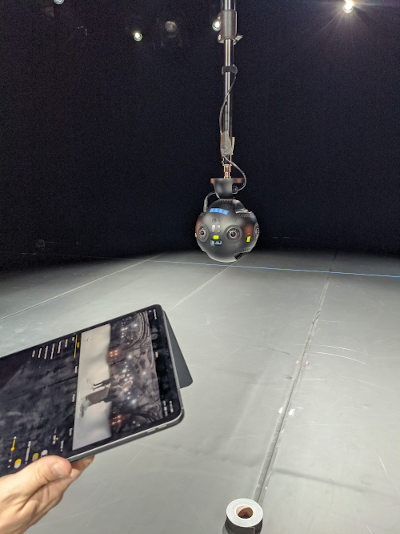
Heimspiel has seen increasing demand for VR content during lockdown and is currently planning a VR concert series as well. Patzke sees a lot of potential for VR live streaming and VR content management going forward. As he sees it, “The art of VR theater lives through the acting and the scenery. The viewer is directly involved and feels part of it. It is hard to distinguish if you are in the virtual or the real world.”
Keen to keep up to date on Insta360 stories? Keep an eye on our blog and sign up for our mailing list. You can also contact our Enterprise team directly to see how 360 cameras can benefit your business.
